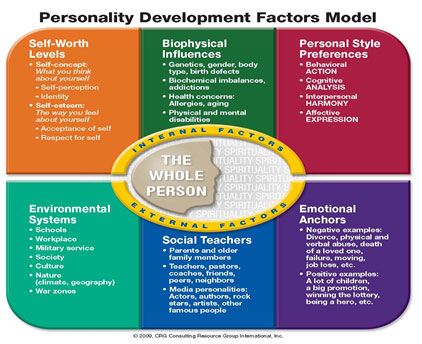 There are a huge amount of developmental options for employers to choose from and in order to be cost effective our organizations are constantly looking to fine tune selections to hit the broadest audience possible in terms of applicable programs. The most cost effective approach to employe development is having standardized processes, access options and alignment to organizational and personal goals. However, given the growing demographic changes to our working populations, our clients need to also recognize how this change impacts the effectiveness of our current development systems.
There are a huge amount of developmental options for employers to choose from and in order to be cost effective our organizations are constantly looking to fine tune selections to hit the broadest audience possible in terms of applicable programs. The most cost effective approach to employe development is having standardized processes, access options and alignment to organizational and personal goals. However, given the growing demographic changes to our working populations, our clients need to also recognize how this change impacts the effectiveness of our current development systems.
There is general acceptance that a larger than expected amount of baby boomers are delaying retirement. But are current development options effective for this group of employees who remain employed for very different contextual reasons than those of mid or jr. career levels? And how can organizations continue to ensure that this valued older workforce be developed to successfully manage through the ever increasing rate of change?
The re-framing developmental options for organizations has begun. And it is important to begin this discussion if it has not already been tabled. Specifically, are we addressing the critical need to proactively ensure that the top band of experienced and aging staff are effectively developed? That they are developed to ensure we meet both their more specialized needs and our organizational goals?


No comments:
Post a Comment